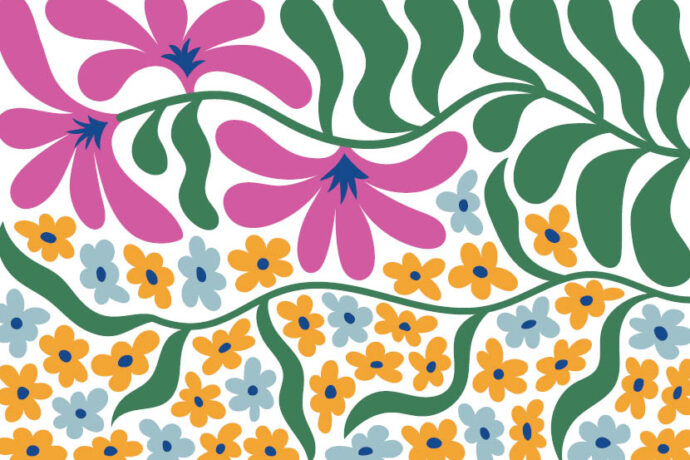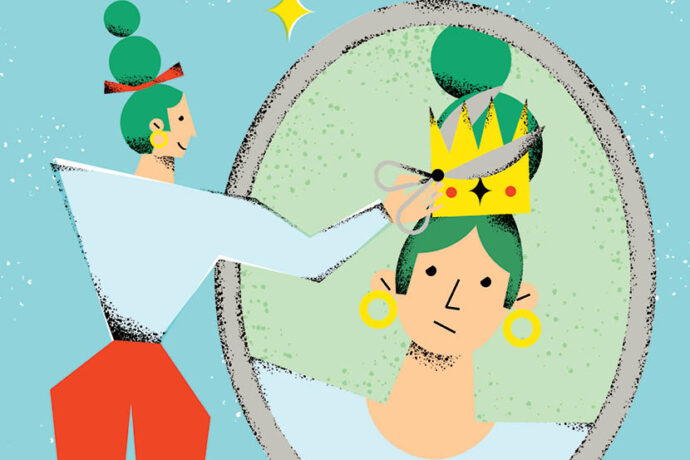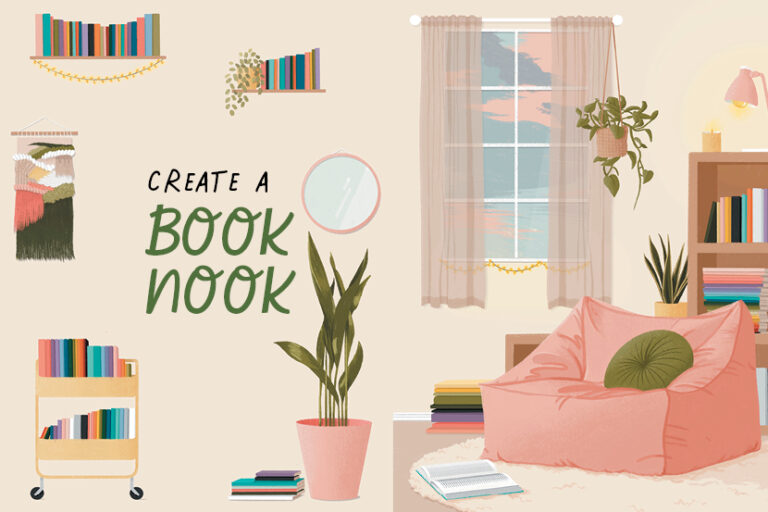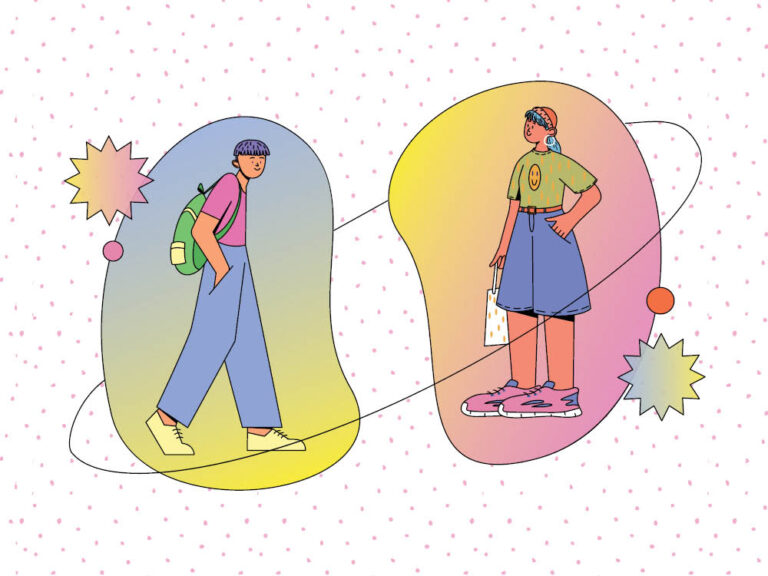
Connect with the Earth and yourself by embracing the ethical and holistic philosophy behind permaculture.
Many people instinctively feel gardening is good for the soul: the sense of connection with the Earth, nurturing new life, working with the seasons and the eternal cycles of beginnings, endings and renewal. It can be calming, grounding and essential for mental and physical wellbeing – particularly if you embrace the practices behind permaculture.
Although permaculture began as a radical strategy for managing farmland, its applications extend well beyond ecology. It’s evolved into a philosophy that is at the same time a design system and which also offers a meaningful set of values to live by: an ethics-driven, holistic, creative philosophy that enriches planning, problem-solving and decision-making, and optimises the use of time, energy and materials. Permaculture looks to harness or replicate natural processes and patterns, whether in the garden or the courtyard, or in achieving goals, running a business, or just managing life in general. It’s a way of thinking as much as doing.
Where to start
Most permaculture starts in a garden. If you don’t have one, or access to one, you can still experiment with a balcony or windowsills. Size isn’t an issue because the same principles apply at whatever scale you’re working.
Permaculture principles
Observe and interact
Don’t just do something – sit there! Permaculture is about appreciating and working with what you have. Watch and learn.
Capture and store energy
Whether it’s rainwater harvesting, designing a garden that works with the light and shade available, or eating healthily, harnessing energy is key.
Obtain a yield
Don’t waste space, time, money or resources. Put it to work to serve a purpose.
Apply self-regulation and accept feedback
Permaculture relies on self-regulating systems (including weather, seasons and natural renewal) as well as awareness of the cyclical processes of which everyone is part. It makes people creators and participants rather than passive consumers and that means adjusting course when needed.
Use and value renewable resources and services
What better way to reduce consumption of finite resources than to make the most of what nature provides for free?
Produce no waste
Re-use, repurpose and look to create self-sufficient processes rather than rely on finite resources or single use products. Look at this not as a constraint but as an opportunity for creativity.
Design from patterns to details
A number of elemental patterns are found in nature: webs, waves, spirals, branches and tessellations, for instance. These forms have evolved to offer ultimate energy-efficiency and resource-effectiveness and you can replicate them in all kinds of ways to the same ends.
Once you start observing these patterns in nature, you’ll find yourself using them as well.
Integrate, don’t segregate
Most gardeners know how plants can support and benefit each other. This principle also works at a personal and community level.
Use small and slow solutions
Make incremental changes and observe the results. Do as little as possible and look for evolution not revolution.
Use and value diversity
Polycultures are more resilient than monocultures. Encourage interconnectedness, mutual support and cross-pollination, ecologically and socially.
Use edges and value the marginal
Margins are at the edge of change and are where interesting stuff happens: think of the unexpected species that appear in neglected corners of the garden (or the house). Use the natural potential of all space (and people) available, especially the less obvious.
Creatively use and respond to change
The natural world is in constant change, as is ours. Permaculture always sees opportunities rather than obstacles – change offers the chance to be creative, to adapt, develop and grow.
Words: Lesley Malone
This article was originally published in Issue 15 – A new direction



















